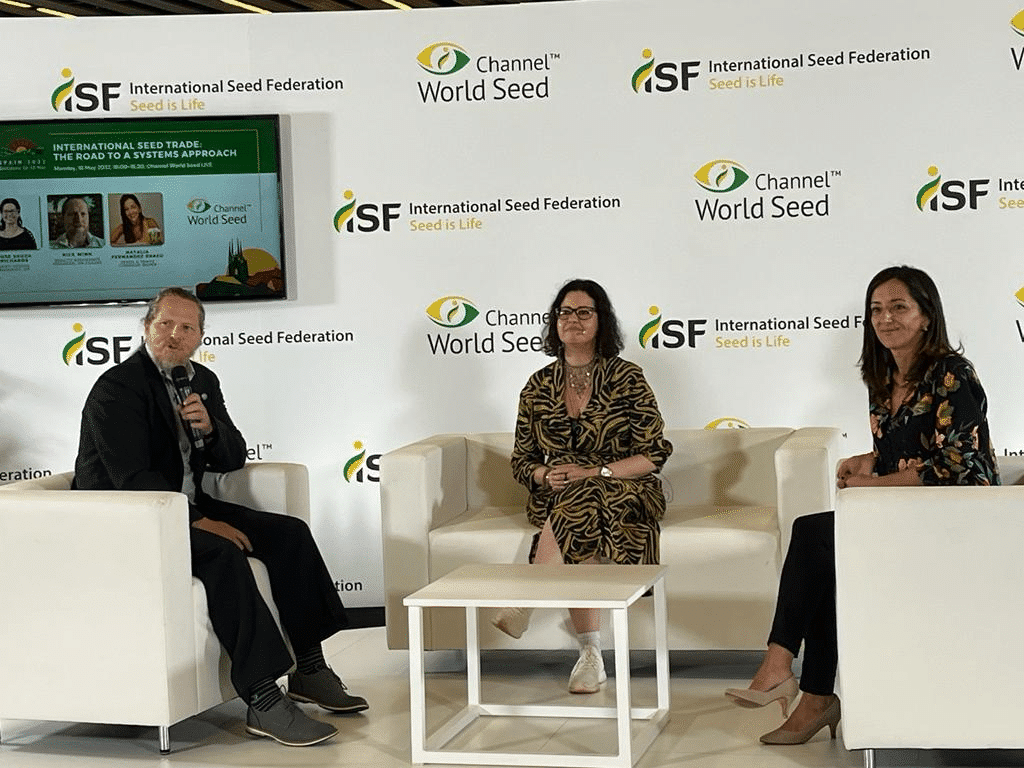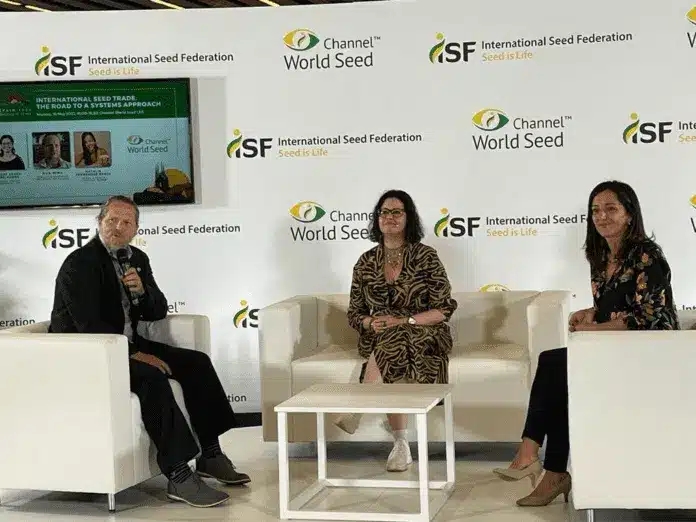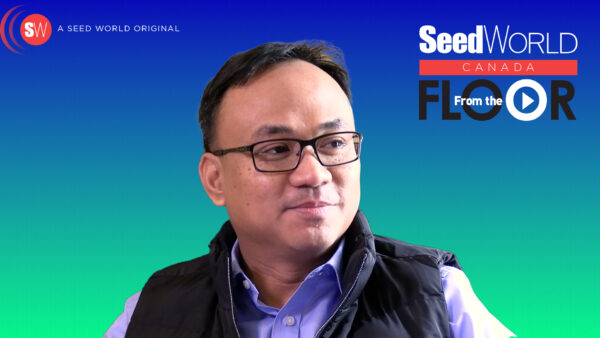Moving seed internationally comes with challenges. Based on the International Standards for Phytosanitary Measures (ISPM) 14, the current approach to seed movement internationally is cumbersome.
At the International Seed Federation (ISF)’s World Seed Congress in Barcelona, Spain, four panelists joined to answer: is this really the best approach to moving seed, or is there a better way?
“Moving seeds around the world is challenging,” ISF says in a video on Channel World Seed. “It requires multiple phytosanitary measures to prevent the risk of pests, plant diseases and noxious weeds.”
Approximately 300 species of seed commodities are shipped worldwide, with 180 National Plant Protection Organization (NPPOs) deployed to certify those shipments, according to ISF. There’s incredible pressure on NPPOs which creates challenges for getting seed to farmers in a timely manner.
One proposed solution: a multilateral systems approach. This would simplify the challenges for NPPOs while fulfilling their needs.
The multilateral approach would be followed under ISPM 38, and allows seed produced in an approved NPPO supply chain to be imported or exported to countries with a phytosanitary certificate without the need for specific declarations for individual pests, ISF says.
“It’ll be challenging in the beginning to implement a systems approach,” says Rick Winn, quality assurance manager of HM.CLAUSE. “It’s not an easy task. But it’ll be an excellent opportunity to harmonize phytosanitary requirements that will facilitate seed movement worldwide.”
Though it’ll be a difficult task to accomplish, harmonizing the movement of seed globally is imperative. Many countries have unique and sometimes conflicting laws when it comes to seed movement.
“If we have the ability to harmonize what we’re looking for, that would give us the opportunity for all other NPPOs to have confidence that what was done is sufficient to satisfy the requirements for their needs,” Winn says.
When it comes to a timetable, panelists from “The Road to a Systems Approach” panel guesstimate 10 years to implement a systems approach, but Winn believes it might be able for some countries to speed the process up.
“We’re having some bilateral projects — maybe for that it will take less time to define bilateral agreements or system approach,” says Natalia Fernandez Eraso, seeds and traits conosur, Bayer. “We need to build from small projects to bigger projects with science bases — it could take less than 10 years, but it will take time.”
NPPOs have been more open to listening to discussions from the seed sector, which could result in more efficient systems.
“The conversations we have on systems approach are shared — we share the same view with the NPPOs and the IPPC,” Eraso says. “That wasn’t always the same, and it’s good to hear that NPPOs are seeing the value of the implementation of systems approach across the globe.”
But, when it comes to furthering the discussion with NPPOs, Eraso says having a science-based discussion is necessary.
“We are seeing that there is no harmonization mainly due to a lack of scientifically-based regulations,” she says. “That’s a clue to be all on the same page — and the global nature of our industry means we don’t send seed from one country to the other. We re-export several times.”
It all comes down to transparency and open communication.
“If NPPOs know what the industry does, then they will start to understand which pests are truly seedborne or seed transmitted,” she says. “When NPPOs don’t have the time, knowledge or experience in seed, things can get misinterpreted — I think that’s where overregulation comes from.”
Make sure to stay tuned for more coverage of the ISF World Seed Congress at seedworld.com.













